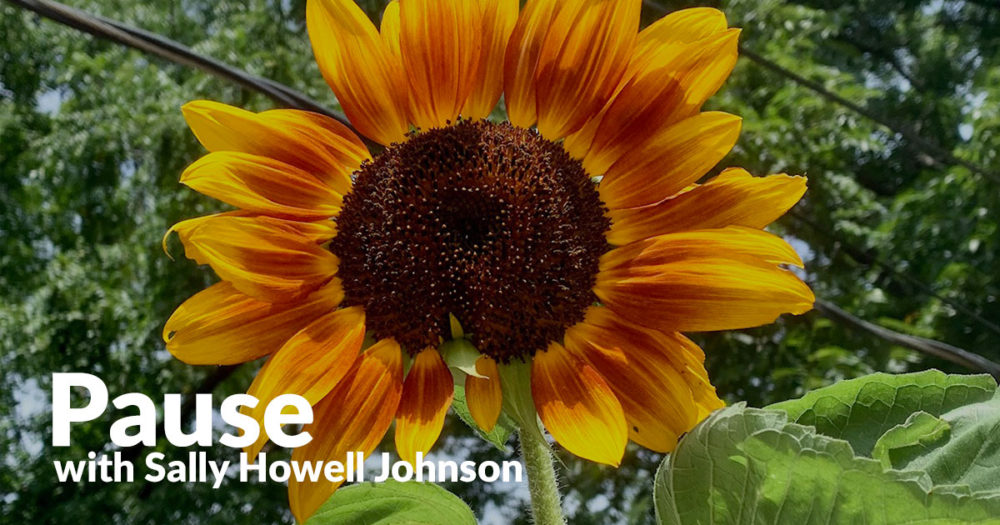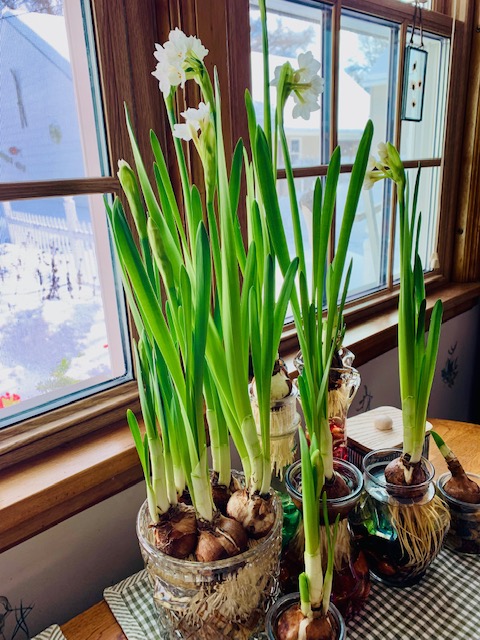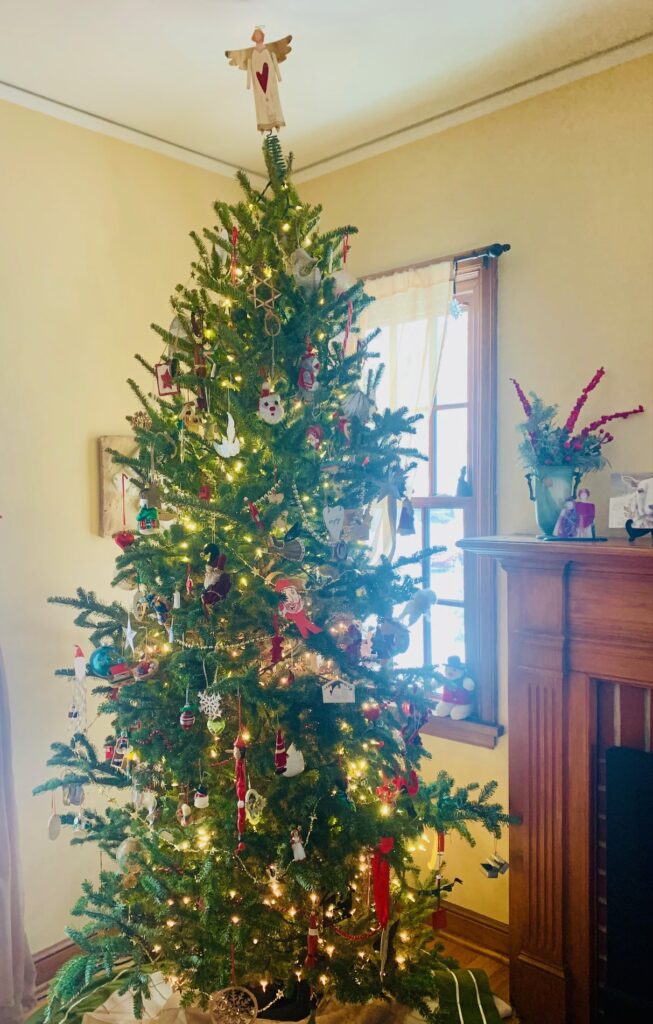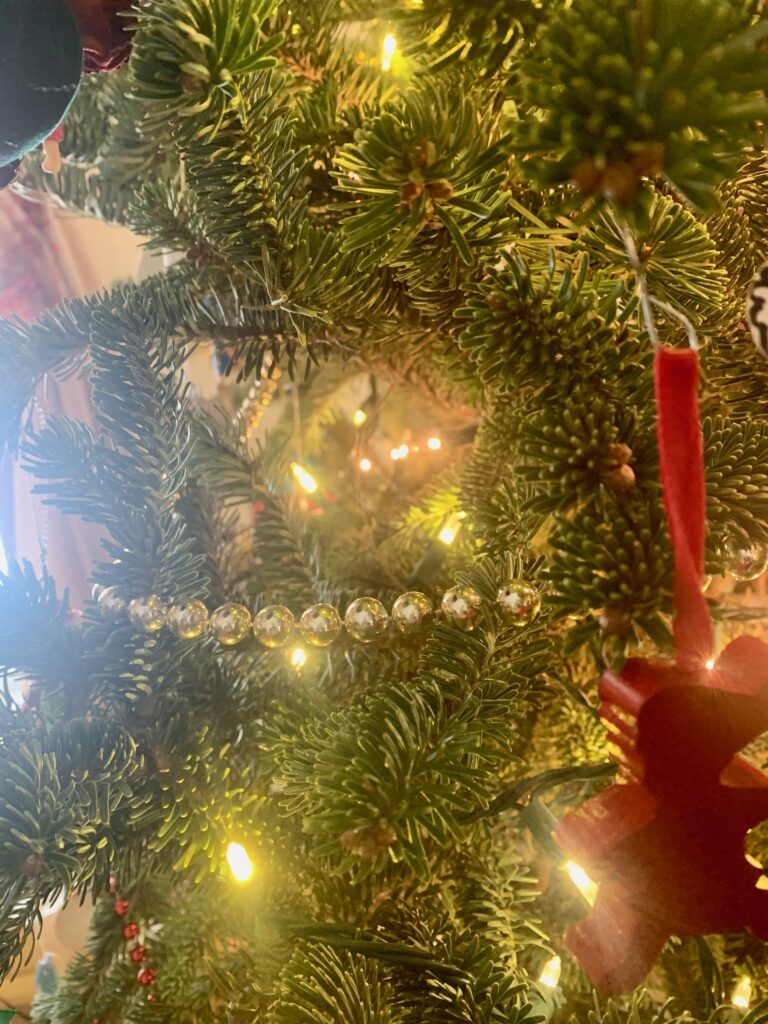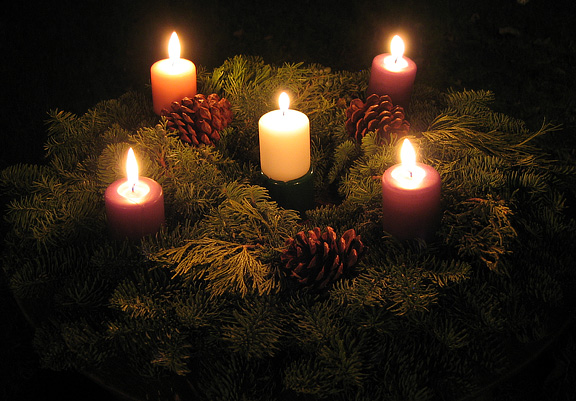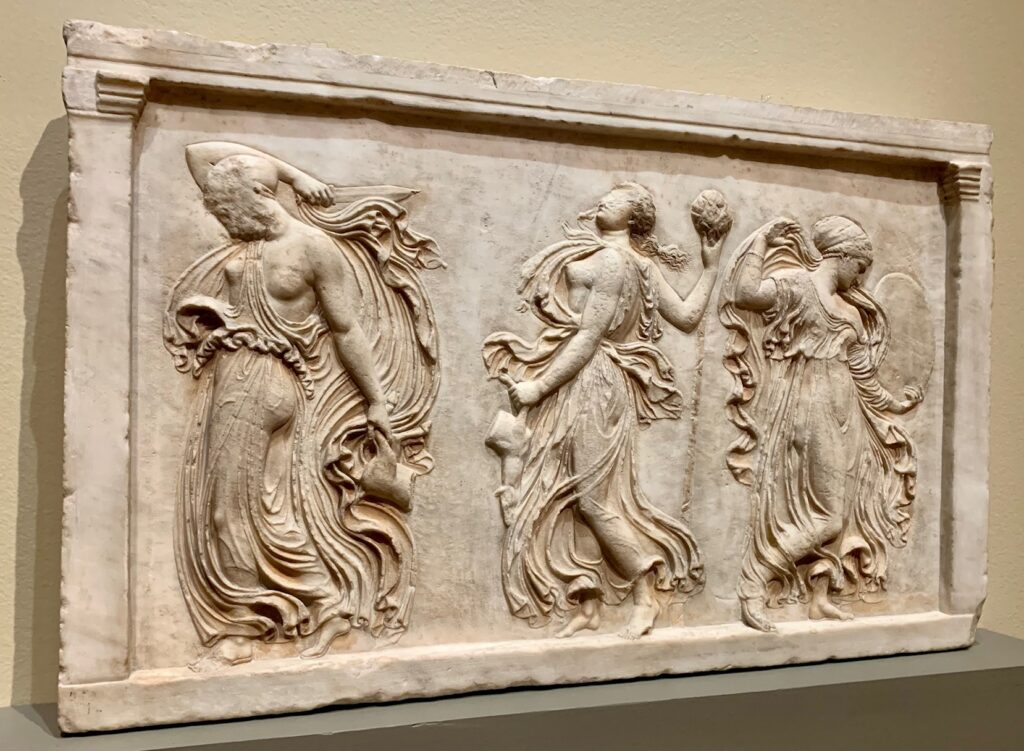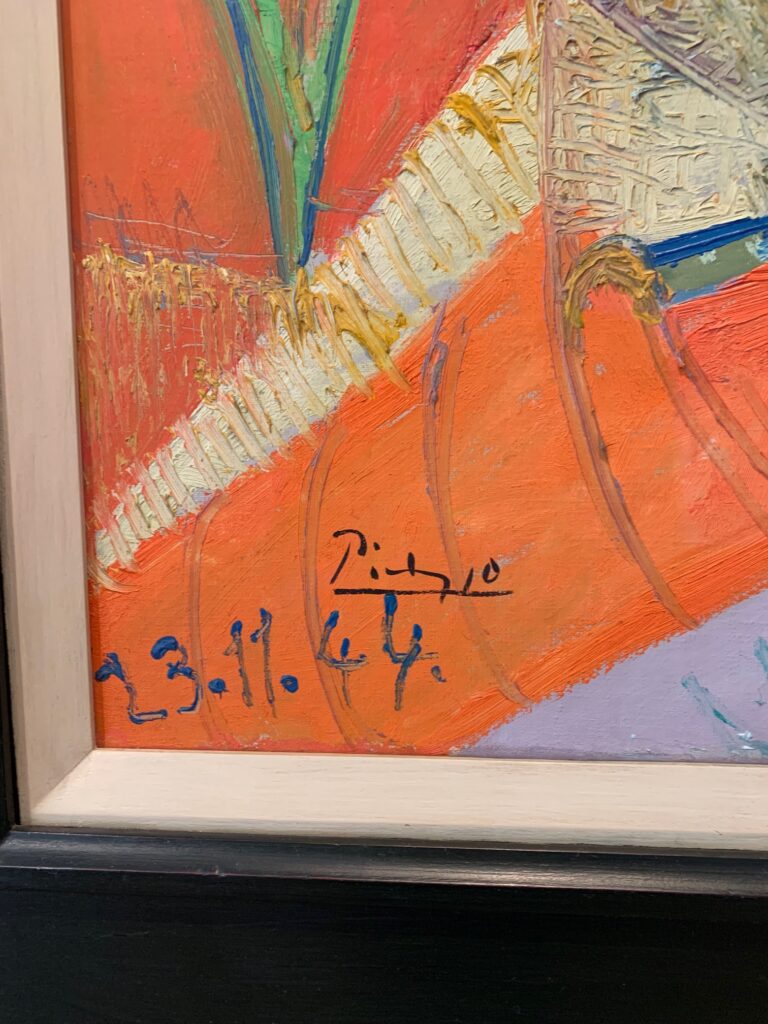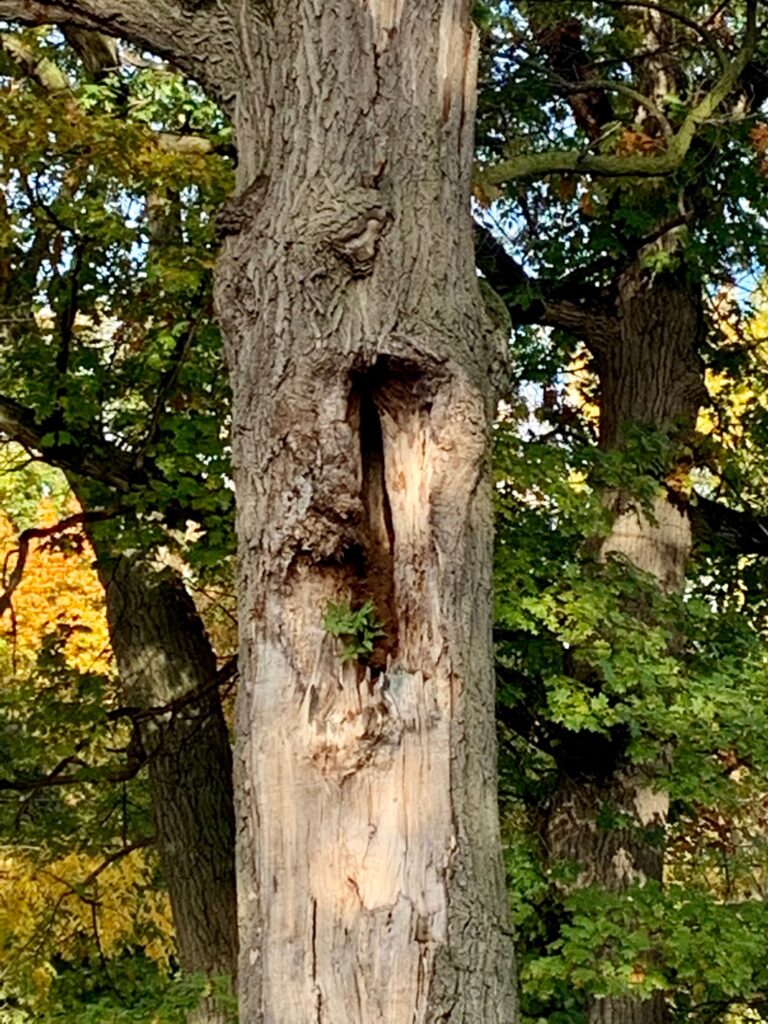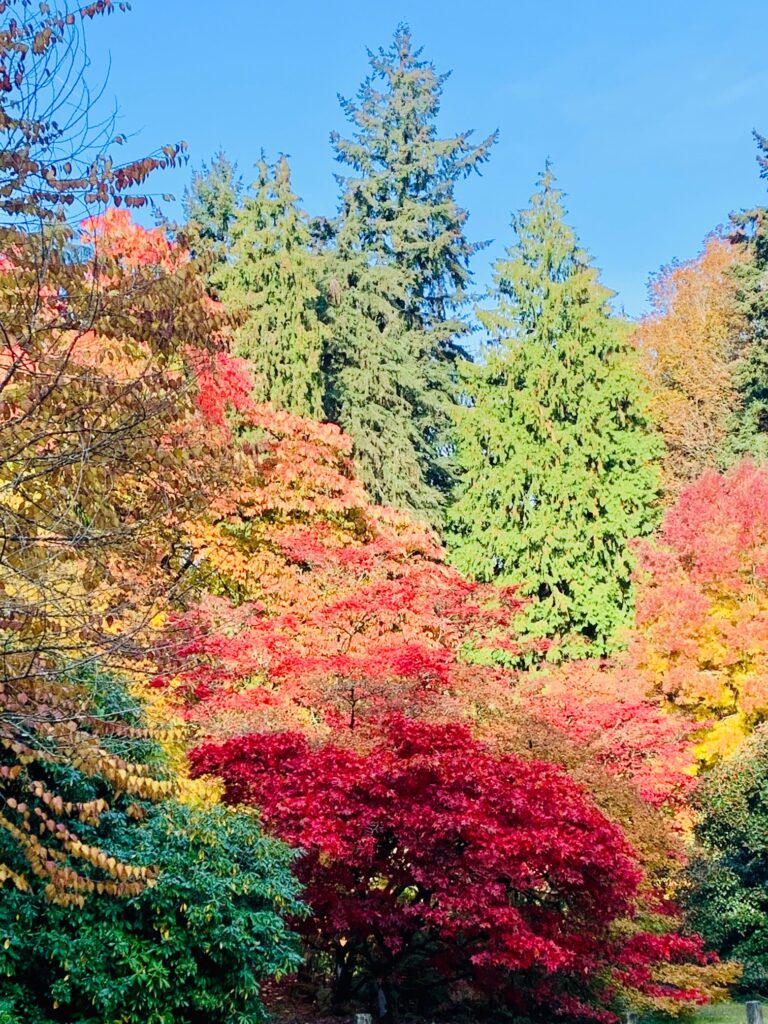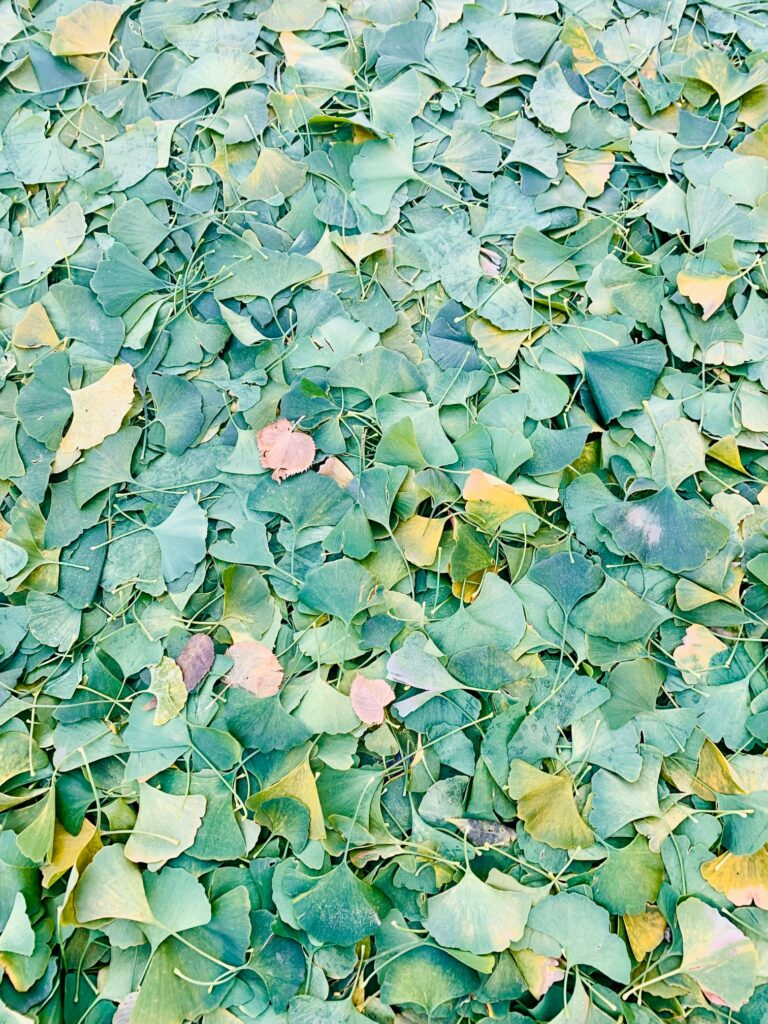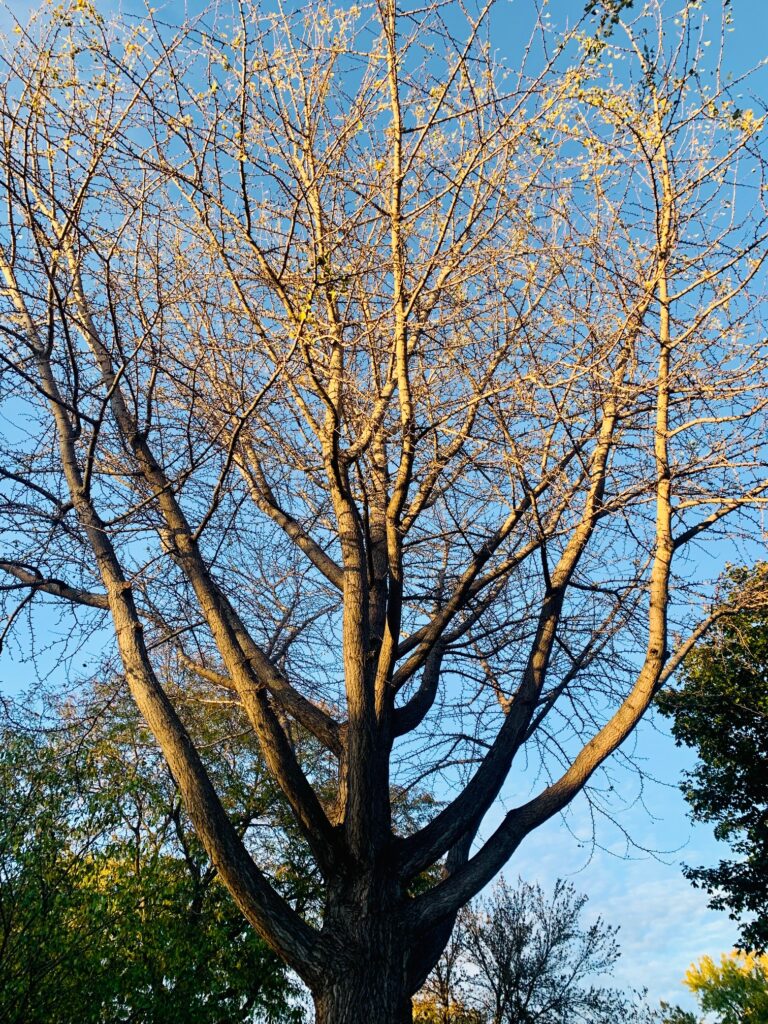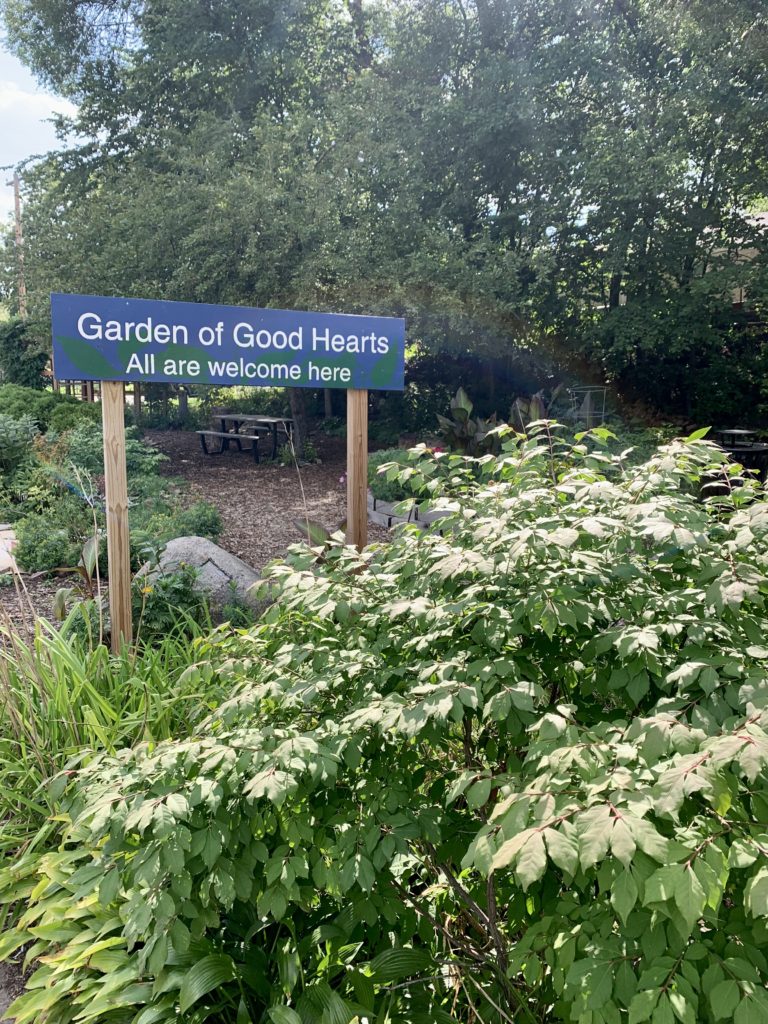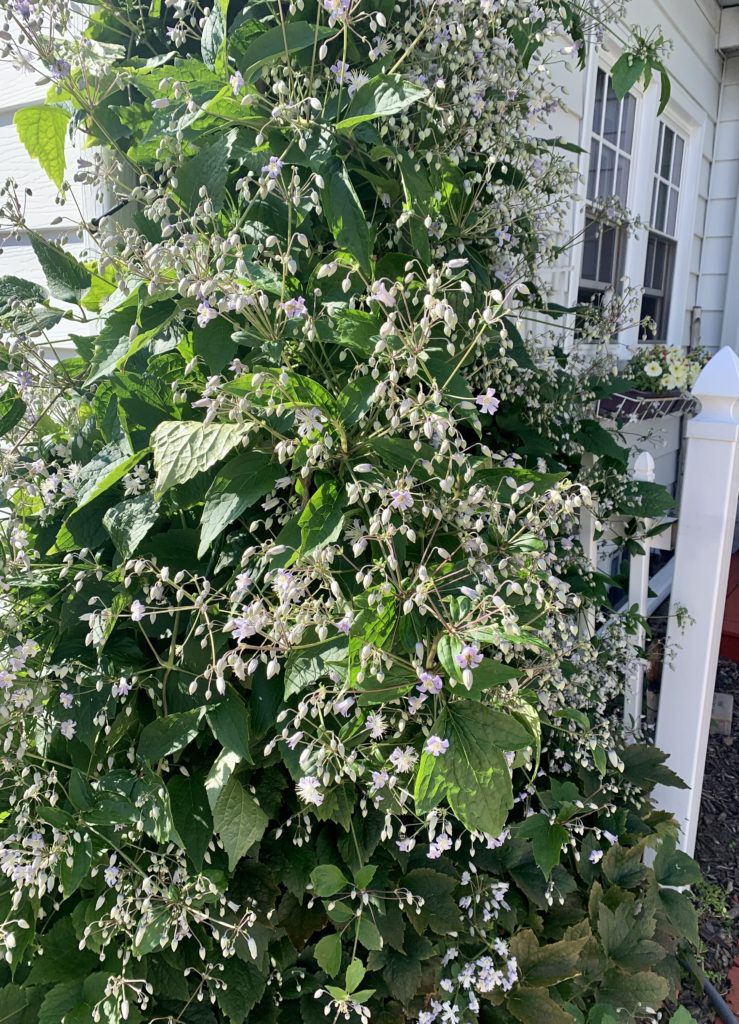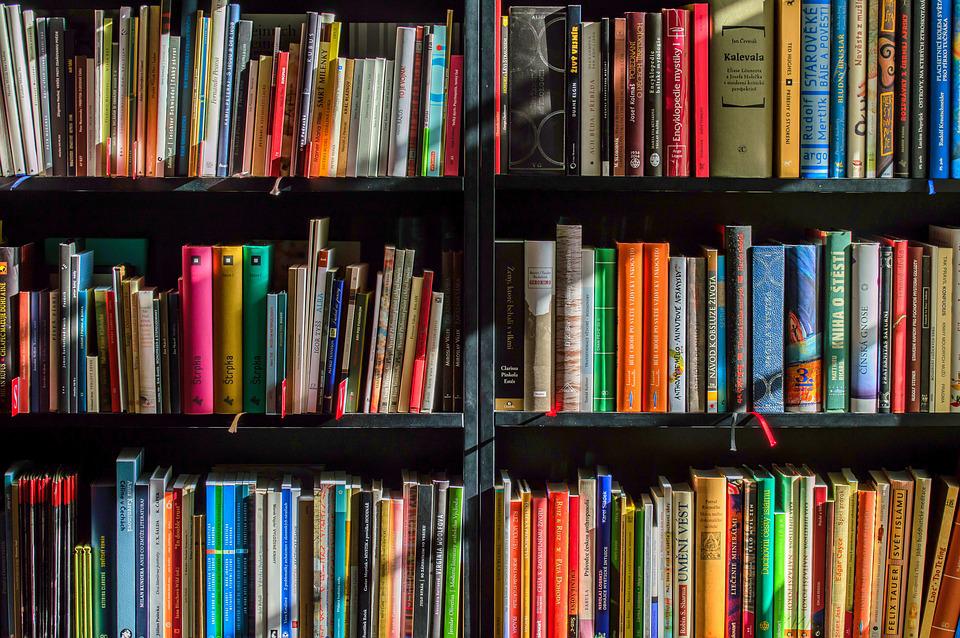Nature teaches nothing is lost.
It’s transmuted.
Spread between rows of beans,
last year’s rusty leaves tamp down weeds.
Coffee grounds and banana peels
foster rose blooms. Bread crumbs
scattered for birds become song.
Leftovers offered to chickens come back
as eggs, yolks sunrise orange.
Broccoli stems and bruised apples
fed to cows return as milk steaming in the pail,
as patties steaming in the pasture.
Surely our shame and sorrow
also return,
composted by years
into something generative as wisdom.
It is not a usual title for a poem…Compost Happens. I came across this little bit of poetry by Laura Grace Weldon while searching for something for a friend. Reading and then rereading it helped me name what seems to me to be happening outside my window. As the snow melts away and the Earth begins to move in ways that are not always lovely but are full of promise the ground is reminding us that ‘nature teaches nothing is lost.’. These are the days in my part of the world that float between sun and melting and freezing and re-icing. Dangerous walking. Yet if a person is careful and observant they can be present to much ‘transmutation.’ Also, not a word used every day. The very ground around us is shape-shifting, changing form and we are wise to pay attention.
I often think of this time of year as the ‘not yet’ time of year. Oh, we can sense what lies beneath those crusty, grimy mounds of snow. Some of it is not pretty especially if your paths are also frequented by the four legged that live in the neighborhood. But other glimpses provide the opening act of what is yet to appear in this drama of life we are privileged to be human actors in. It is the time when I am reminded that we are the ones with the ability to notice, reflect, and make meaning. It is a huge responsibility. As the ones with words we are cast as the storytellers and it is an awesome role to play.
This morning as I walked out to begin my day outside the four walls that house me, I looked down to see that the snow that had been several feet deep had receded and the soil that had been revealed had a gift to offer. With the early morning sun splashing the ground there appeared…tiny blades of green grass waving their new life my way. Though surrounded still by not only hard-packed snow but large hunks of ice that had fallen only a few days from my roof, these little bits of green shouted into the world: “See me! Look at me! I bring you good news!” The Earth is changing form…transmuting…all around us. The sight brought a spring to my penguin shuffled step.

I have been thinking a great deal about how it is we are emerging not only from the winter but also from these years when the pandemic has been our unwelcome dance partner. Each week I spend time with second graders who are crawling their way back from the losses of school and learning. At the beginning of the year their struggles with reading had me thinking and worrying about how our children could rebound from what had been sidelined in their lives. Teachers, parents, volunteers and administrators have been spreading every bit of helpful compost to these young ones’ learning, making plans, trying this and that and all out of a great love and belief that each one is capable and unique. This past week it was as if all that turning of soil, watering, sunshine and intellectual nutrients generated what was needed. My joy was overflowing as words were sounded out, stories read, letters written and faces lit up with the knowledge that they were reading. I whooped and high-fived and made quite a scene as their faces flushed with pride and recognition.
‘Nature teaches nothing is lost.’ writes the poet. This is true for the Earth returning from its frozen state as we move toward the season of Spring and the greening of the landscape around us. And it is true for the children who are walking with more and more confidence every day toward a future they are dreaming with renewed abilities as the world of reading opens its doors wider and wider.
It is enough to bring not only a spring to the step…but an outright skip!
